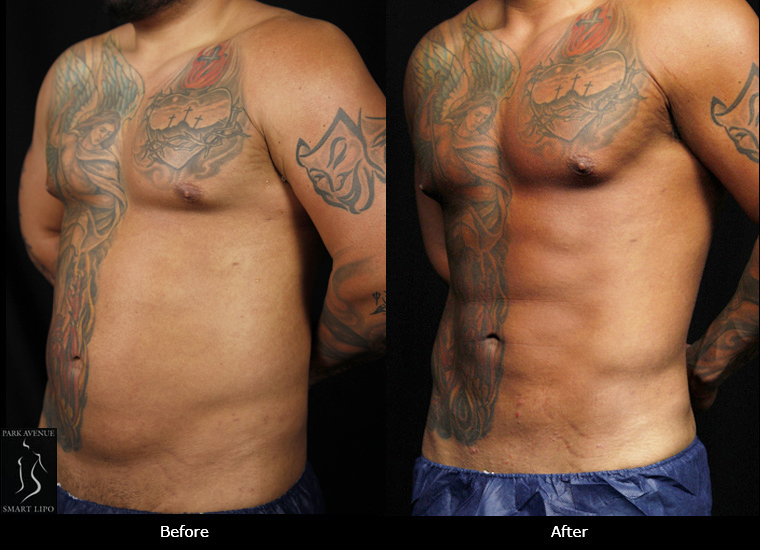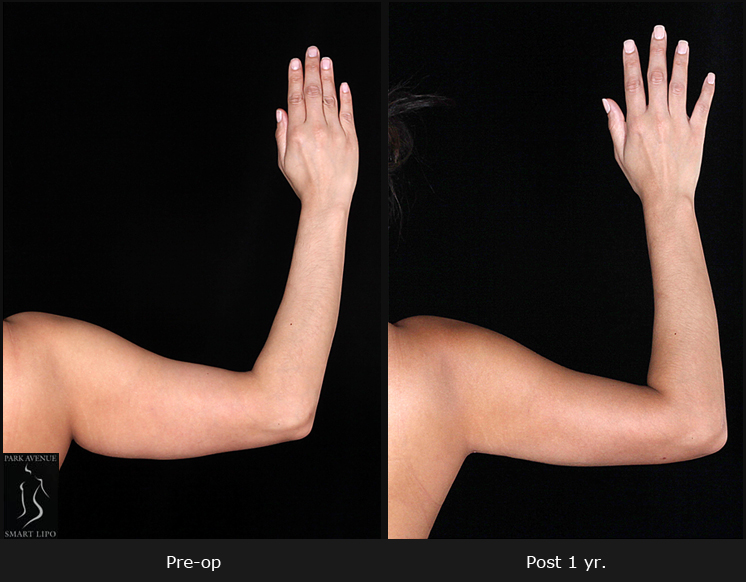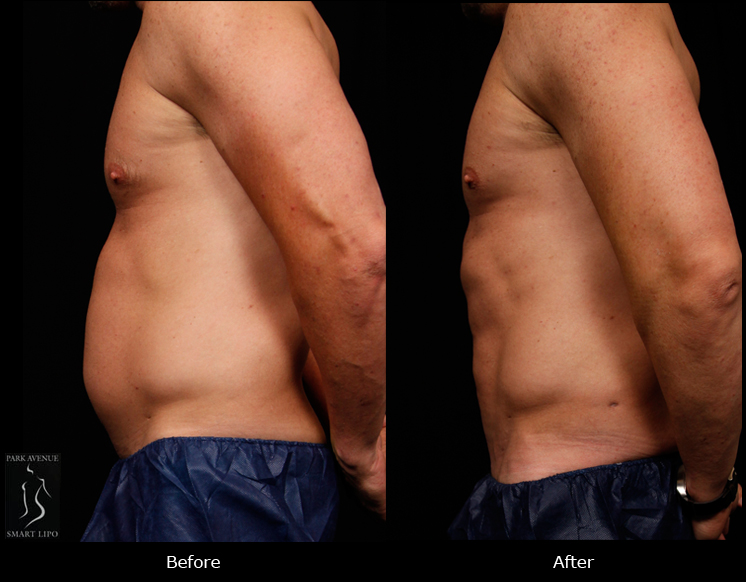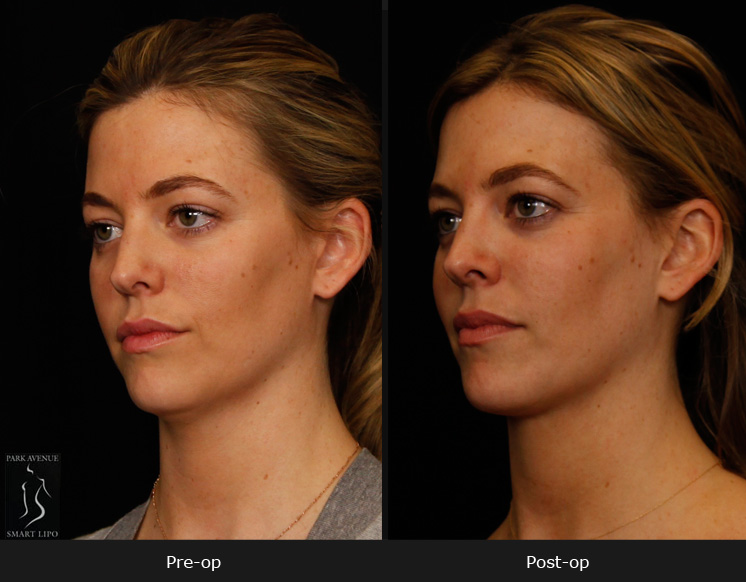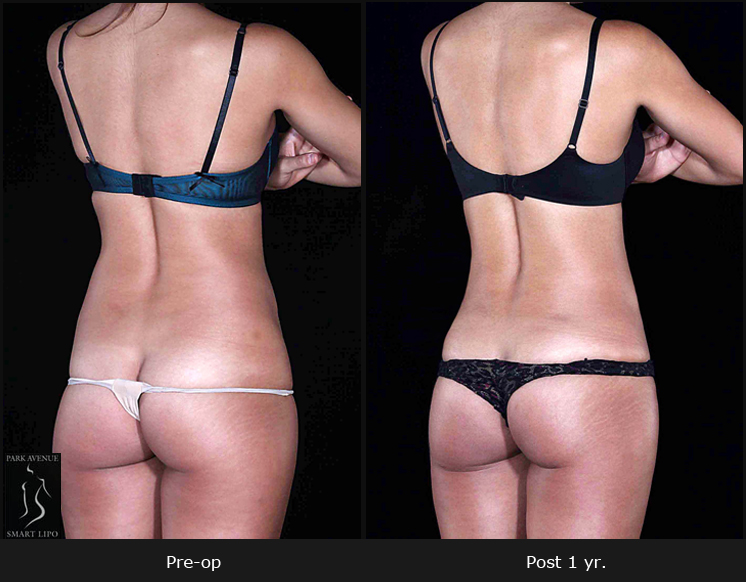In recent years, fat grafting has risen in popularity as an important plastic surgery tool. Plastic surgeons are increasingly using the patient’s own fat in place of artificial material for breast augmentation, buttock augmentation and facelift surgery. Patients appreciate this method as it avoids the risks associated with implants and provides natural looking results. So it’s hardly surprising that it has found a place among the top five cosmetic surgical procedures worldwide. The recently published results of an annual survey by the International Society of Aesthetic Plastic Surgery (ISAPS) indicate that fat transfer was the fourth most performed cosmetic surgical procedure globally in 2014. A total of 1,391 plastic surgeons in various countries responded to the ISAPS’s questionnaire.
Here are some of the interesting points on fat grafting from the ISAPS report.
- A total of 965,727 fat grafting procedures were performed worldwide in 2014.
- The procedure constituted 10.0% of the total cosmetic surgical procedures performed globally last year.
- With 142,317 procedures, the US is the country where the most number of people underwent fat grafting treatment. It made up 14.7% of the total surgical procedures.
- Brazil is second in the list with 112,306 fat transfer procedures performed last year (11.6% of the total surgical procedures).
- South Korea ranks third with 83,577 procedures (8.7% of the total surgical procedures).
- Other countries where fat grafting is popular are Japan, France, Germany and Colombia.
- 809,428 women worldwide underwent the procedure. Fat transfer ranked fourth in the female cosmetic procedures.
- The procedure was performed on 156,300 men and it was the fifth most popular male cosmetic surgical procedure.
Fat grafting involves transferring fat from areas where it is available in excess such as the abdomen and thighs to the areas that lack in volume such as the buttocks, breasts or face. The fat is harvested via safe minimally invasive laser liposuction and purified before it is injected into the treatment site. The use of the patient’s own fat reduces the chances of rejection and provides a natural looking, attractive outcome. Liposuction also improves the appearance of the donor site.

